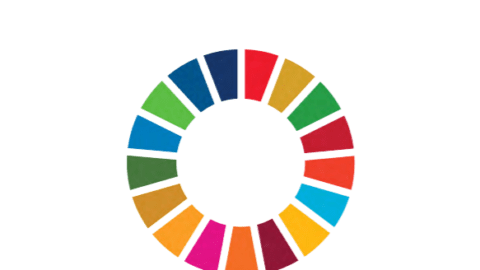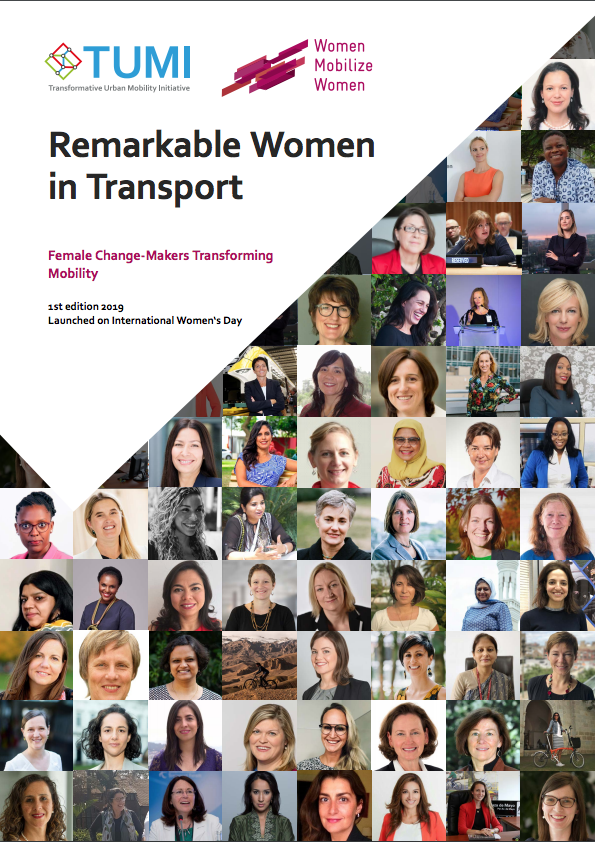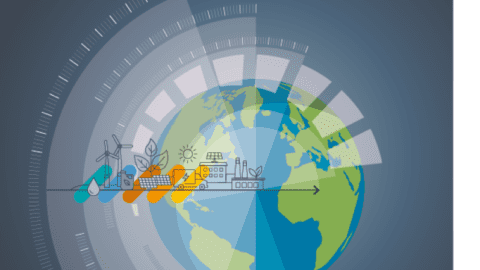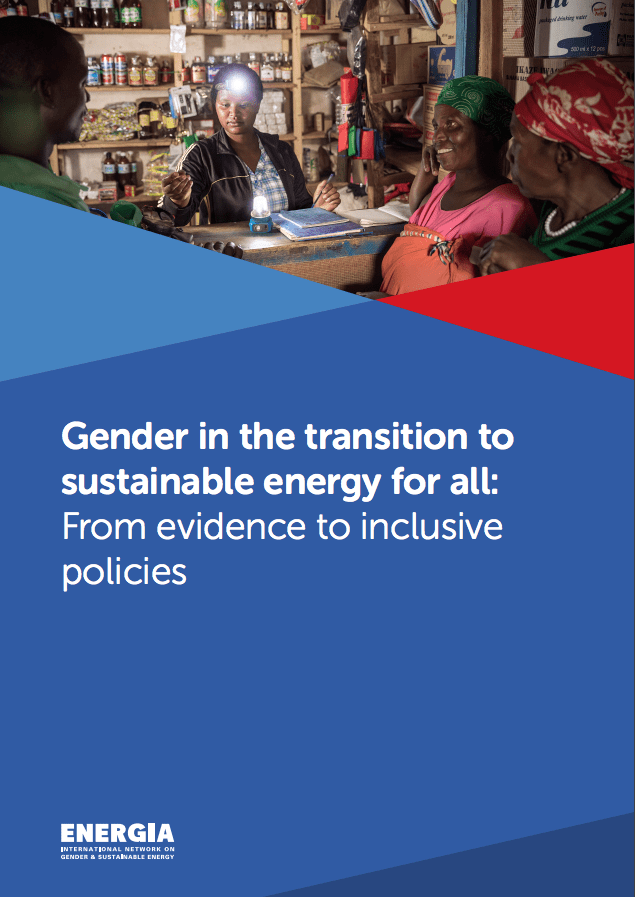Gender equality and women’s empowerment are globally recognised priorities, matters of fundamental human rights, and prerequisites for sustainable development (IUCN, 2018; World Economic Forum, 2015). Understanding the gender-environment nexus is not only key to understanding social and environmental inequities and barriers to sustainable development, but to unlocking options for transformative action, as well.
Data gaps at this nexus, however, are persistent. Limited collection, dissemination and application of gender-environment statistics, including at national level, affects decision makers’ and practitioners’ knowledge and capacity to develop and adopt well-informed and effective policies and programming at all levels (UN Environment, 2016). The International Union for Conservation of Nature (IUCN) and UN Environment are collaborating to develop an enhanced understanding of and enabling environment for gender-environment statistics, particularly to identify specific indicators that can gather necessary information and strategies for national action as stakeholders work toward meeting the Sustainable Development Goals (SDGs).
To meet this objective, this report first considers the current landscape of data at the gender-environment nexus. This report then outlines the key issues and associated indicators used for tracking and analysing those issues, organized around four priority areas:
A. Right to land, natural resources and biodiversity;
B. Access to food, energy, water and sanitation;
C. Climate change, sustainable production and consumption, and health and well-being; and
D. Women in environmental decision making at all levels.
Download the full report here: Gender Environment Statistics











